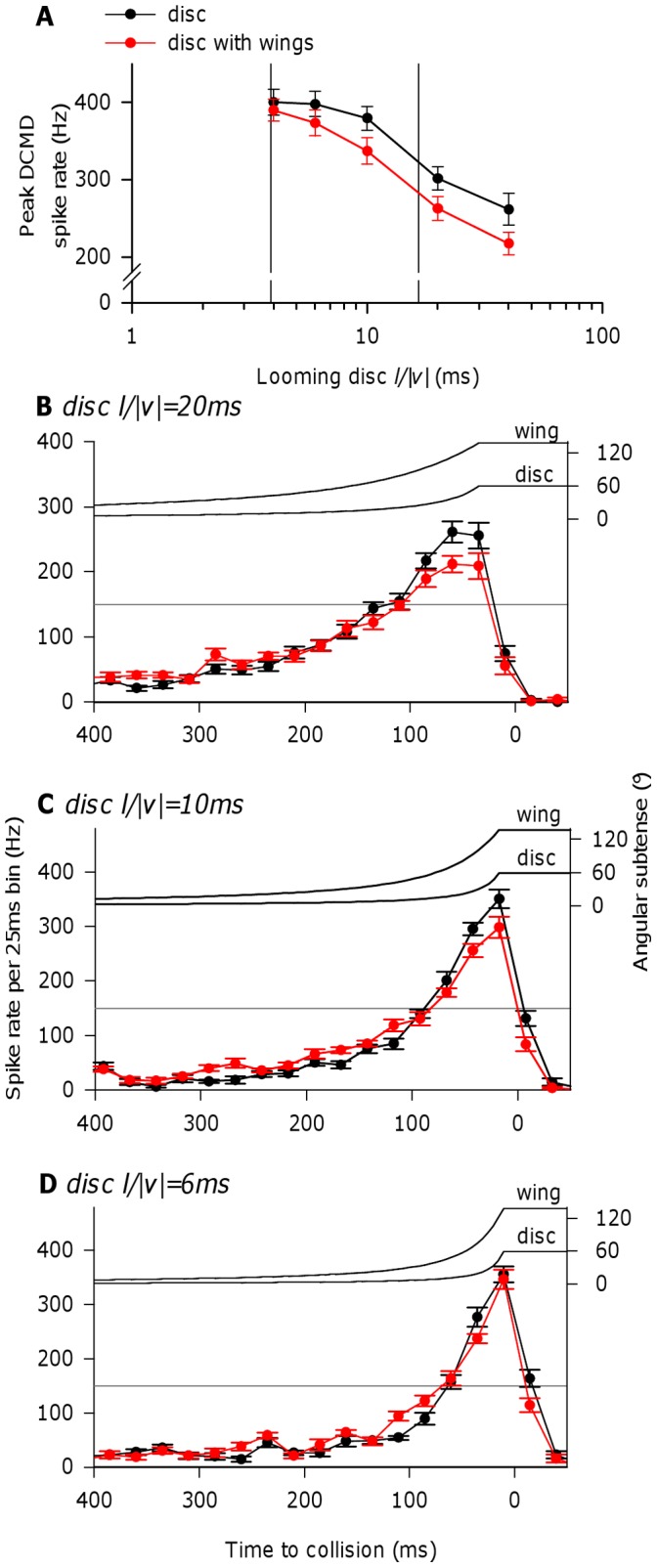Figure 3. The effect on DCMD responses of adding wings to looming discs with varying l/|v|.

A, Peak DCMD spike rate had a monotonic relationship with stimulus l/|v| for both looming discs, and looming discs with wings. However, the addition of wings to a looming disc caused a small but significant reduction in peak DCMD spike rate (see text). Vertical lines indicate range of kite-like l/|v| values, as in Figure 2. B–D, Mean DCMD spike rate plotted in 25 ms time bins for looming discs at three different l/|v| values, presented with or without additional wings. Calculated angular subtenses for the looming disc and wing tip are plotted above mean DCMD responses in each case. For disc l/|v| 20.0 ms (B), 10.0 ms (C) and 6.0 ms (D), the addition of wings had subtle effects on the DCMD response time course, slightly augmenting spike rates in the early stages of approach but decreasing them during the final, highest frequency part of the DCMD response (see text); these effects were most apparent at higher l/|v| ratios. Horizontal grey lines in each plot indicate the approximately 150 Hz threshold above which DCMD spikes can summate in order to trigger a glide [38]. This spike rate was achieved in response to looming discs with and without wings, but higher spike rates above the threshold were achieved earlier in response to looming discs without wings than looming discs with wings. Panels A–D: N = 10 locusts (value for each individual a mean of responses to 3 presentations of each stimulus). In B–D, symbols are aligned with the start of each 25 ms time bin. In all panels, means plotted ± SEM.
